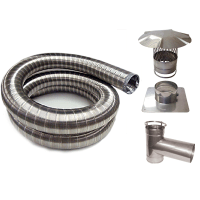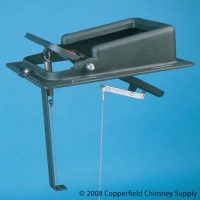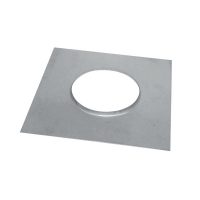Geothermal heating technologies provide heat and hot water to properties using a very specialized process. Geothermal heating technologies, keeping things simple harvest energy that exists beneath the earths surface. In this article you will discover more on how heat and hot water is produced by harvesting this very natural and renewable energy resource.
Beneath the earths surface exists a an abundance of naturally occurring energy that is the fuel for geothermal heating systems. This energy is not like other fossil fuels, it is natural heat energy stored within the ground itself. As strange as it may sound, the earth retains heat that it receives from both the sun above, and the earths core beneath. All year round the earth manages to maintain its heat level at quite a constant temperature. In effect, the earth is harbouring a constant energy supply.This energy supply continues day after day to renew itself. As long as the sun continues to shine down on the earths surface, and the earths core continues to generate out heat, this energy will naturally occur.
Geothermal heating technologies have been designed to harvest this naturally occurring energy source. In order absorb this energy a trench is dug, approximately 6 feet deep, and in this is laid a series of pipes. These pipes contain a kind of refrigerant solution that can easily absorb energy regardless how weak it is. As this solution passes through the nextwork of pipes it collects heat energy from the ground. The heated solution then makes its way towards the next stage of the geothermal heating process which is the heat pump.
The heat pump system keeps the refrigerant solution costantly circulating around the loop of pipes. The heat pump also has another main responsibility. As the solution passes through it it manages to extract the solutions heat energy. This heat taken from the solution is then enhanced until it is a suitable temperature to provide our homes with heat and hot water. The heat pump then sends the now cool solution back through the loop of pipes. The geothermal heating process then begins all over again.
The great thing about geothermal heating systems, such as the ground source heat pump, is that they can be 100% environmentally friendly. Investing in a ground source heat pump system for your home is a great way of lowering your carbon emissions. This category of geothermal heating system has other great advantages too. Ground source heat pump systems are virtually silent when working and can reduce your household fuel bills by up to 70%.






